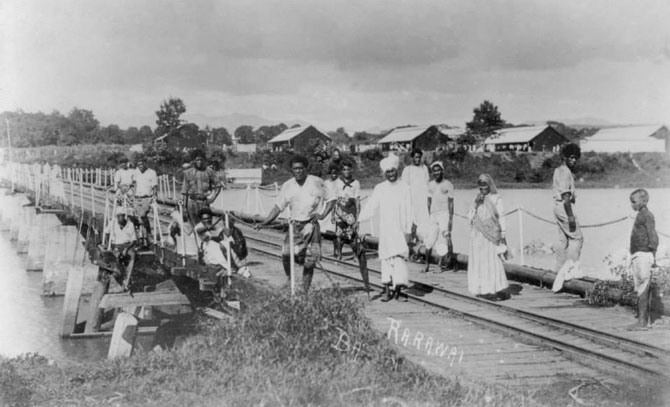THE last Indian immigrant ship, SS Sutlej, carrying 875 indentured men, women and children, entered Suva Harbour on 2 November, 1916. No one knew it then that Sutlej would be the last vessel ferrying human cargo to come to Fiji, the last of 87 which made the journey to the remote British colony in the Pacific. Four years later, on 1 January 1920, indenture system itself would be abolished.
This year, many former ‘King Sugar’ colonies such as Guyana, Trinidad, Suriname, Fiji and Mauritius, are commemorating the end of indentured emigration.
A group in Fiji is organising an international conference, with attendant celebrations, to mark the occasion. Indian indentured emigration was unique.
No other labour scheme of the 19th and 20th centuries matched it in scale, scope and spread. By the time the Sutlej made its journey, debate was raging about the future of girmit, the Indian word for indenture derived from the ‘Agreement’ under which the immigrants came to Fiji. Fiji played a prominent part in galvanising public opinion against the indenture system.
After the turn of the century, Fiji was among the colonies with the largest number of indentured labourers still on the plantations, with the Colonial Sugar Refining Company as the monopoly employer.
…..to read more buy your personal copy at
